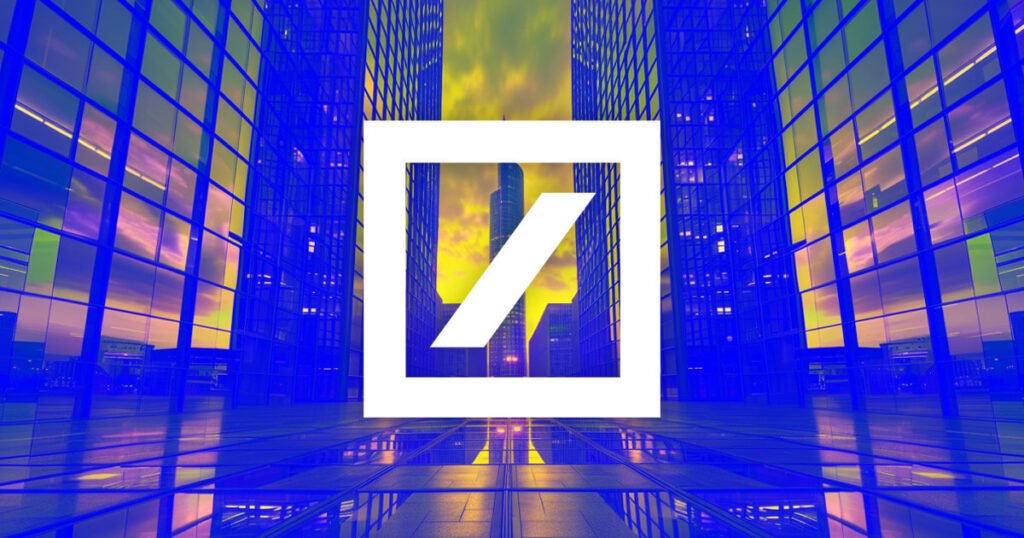Deutsche Bank, Memento Blockchain, and Interop Labs: Unveiling DAMA 2 for Digital Asset Management
On June 17, Deutsche Bank, Memento Blockchain, and Interop Labs catalyzed a new phase in digital finance by releasing a litepaper detailing their innovative platform, Digital Asset Management Access 2 (DAMA 2). This tokenization solution aims to integrate with public blockchains, streamlining the issuance of regulated funds. The foundational elements of DAMA 2 are impressively designed; specifically, it leverages Ethereum (ETH) as a settlement base, utilizes Memento Blockchain’s ZKsync-based layer-2 for transaction processing, and includes a top-layer interface enabling users to access a suite of application templates for fund smart contracts. This structure positions DAMA 2 as a Blockchain-as-a-Service, facilitating product launches for issuers without requiring extensive development resources.
A Multichain Ecosystem for Unified Asset Management
One of the standout features of DAMA 2 is its multichain architecture, powered by Axelar Network’s Interchain Token Service. This integration allows for seamless cross-chain transactions, making it possible for issuers to monitor their tokens through a unified dashboard. By supporting over 70 interconnected blockchains, DAMA 2 aims to ensure fungibility, allowing tokens to be minted, locked, or burned across networks effectively. This broad-reaching framework addresses industry concerns about vendor fragmentation and liquidity isolation, paving the way for a more coherent digital asset landscape.
Overcoming Regulatory Hurdles
Amid the increasing complexities surrounding regulatory oversight, DAMA 2 offers a viable solution to navigating the challenges related to public blockchain transactions. Boon-Hiong Chan, Deutsche Bank’s innovation lead for securities and technology advocacy, underscored that the platform highlights the maturation of public blockchains for institutional finance. By employing ZKsync technology, DAMA 2 promises to enhance efficiency while addressing these regulatory barriers. The litepaper explores various compliance tools, on-chain registries, and expense management features, all designed to streamline adherence to legal norms in asset management.
A Commitment to Privacy and Security
In an era where data security and privacy are paramount, DAMA 2 introduces novel mechanisms to safeguard user information. The platform plans to utilize allowlisted wallets and private RPC endpoints for managing privacy, a vital aspect, especially for institutional stakeholders. Moreover, the hub-and-spoke model promoted by Axelar can isolate compromised blockchains, thereby maintaining a robust security framework. This focus on privacy aligns with growing institutional interest in digital assets as a trustworthy alternative.
Future Outlook and Market Potential
The future of DAMA 2 appears promising. Scheduled to release a minimum viable product in the latter half of 2025, the project aims to redefine how asset managers approach the digital landscape. According to projections from Cerulli Associates, an estimated $84 trillion in intergenerational wealth could shift by 2045, representing a massive opportunity for firms leveraging DAMA 2 to attract digital-native investors. The platform’s capabilities and focus on compliance may thus position it as a cornerstone in the evolution of digital asset management.
Summary: The Road Ahead for Digital Asset Management
In summary, the collaboration between Deutsche Bank, Memento Blockchain, and Interop Labs on the DAMA 2 project encapsulates a transformative approach to digital asset management. By successfully bridging institutional finance with cutting-edge blockchain technology, DAMA 2 stands as a testament to the future of asset management. Its multichain architecture, regulatory compliance features, and emphasis on privacy collectively contribute to an innovative, user-friendly platform. As the project moves towards its launch, all eyes will be on how DAMA 2 will redefine the landscape for digital assets and drive the next wave of financial innovation.

















